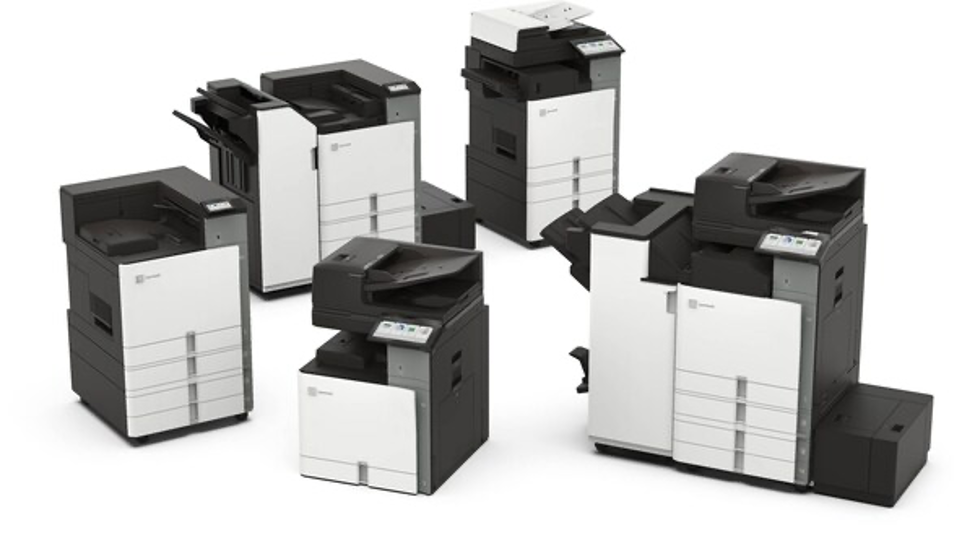The following appears on incontextmag.com
By Tom Seibold, Senior Content Strategist, Perceptive Software
2014’s “The Imitation Game” reminded viewers of the enormous contributions made by British computer science pioneer Alan Turing, whose work in cryptanalysis during World War 2 helped solve the Enigma code and let the Allies read enemy messages.
 While Turing was certainly a founding father of modern computer science, the basic principles of encryption and decryption have been known since the time of ancient Egypt, when they were applied to hieroglyphic writing. Back then, it meant substituting or reordering characters in some way known only to the recipient. (Incidentally, the Greek word kryptos gave encryption, decryption, and cryptography their root, and means “secret” or “hidden.”)
While Turing was certainly a founding father of modern computer science, the basic principles of encryption and decryption have been known since the time of ancient Egypt, when they were applied to hieroglyphic writing. Back then, it meant substituting or reordering characters in some way known only to the recipient. (Incidentally, the Greek word kryptos gave encryption, decryption, and cryptography their root, and means “secret” or “hidden.”)
In our era, encryption—essentially the conversion of electronic data into a form that cannot be easily understood by anyone without authorization—is routinely applied to data transfer and storage of all kinds, from the signals of cell phones and wi-fi to hard drives and even garage door openers. Encryption is also found in some MFPs (multifunction products) that use hard drives for storage of things like scans, print jobs, faxes and forms.
Click here to read theres of the article from incontextmag.com


